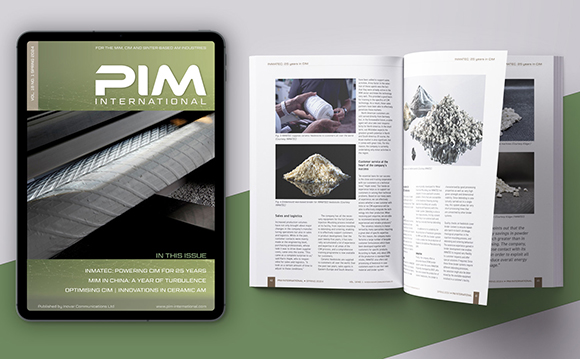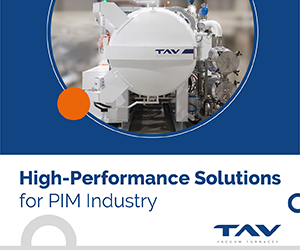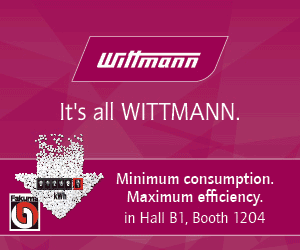Ford uses Metal Injection Moulded valve rockers in its new EcoBoost engine
May 13, 2017
Ford has announced that its multi-award-winning 1.0 litre EcoBoost petrol engine will feature valve rockers produced by Metal Injection Moulding. MIM valve train components have become an important application area for the technology in the automotive industry, with early manufacturers of MIM rocker arm components including Japan’s Nippon Piston Ring Co Ltd and Germany’s Schunk Sintermetalltechnik GmbH.
In early 2018, Ford’s 1.0 l EcoBoost engine will become the first three-cylinder engine in the world to feature cylinder deactivation. The company stated that the achievements in developing this engine were delivered through innovative engineering by Ford engineers across Europe and defies industry opinion that a three-cylinder, variable capacity engine cannot deliver the refinement needed for passenger car applications.
“Ford has pushed back the boundaries of powertrain engineering once again to further improve the acclaimed 1.0-litre EcoBoost engine and prove that there is still untapped potential for even the best internal combustion engines to deliver better fuel efficiency for customers,” said Bob Fascetti, Vice President, Global Powertrain Engineering, Ford Motor Company.
Cylinder deactivation will deliver reduced running costs for 1.0-litre EcoBoost customers by automatically stopping fuel delivery and valve operation for one of the engine’s cylinders in conditions where full capacity is not needed, such as when coasting or cruising with light demand on the engine. The cylinder deactivation system developed by Ford engineers in Aachen and Cologne in Germany, Dagenham and Dunton in the UK and Dearborn in the US, in collaboration with Ford’s engineering partners at the Schaeffler Group, improves fuel efficiency and CO2 emissions by reducing friction and pumping demand inside the engine.
Ford’s single-cylinder deactivation design reduces complexity to make volume production achievable, but also presented significant challenges in maintaining the 1.0-litre EcoBoost engine’s refinement, something achieved through innovations including an offset crankshaft configuration and deliberately ‘unbalanced’ flywheel and pulley that counteract vibration. A new dual-mass flywheel and a vibration-damping clutch disc help neutralise engine oscillations when running on two cylinders, especially at lower rpm, and enable a wider operating range. Intake and exhaust valves are closed when the system is active, trapping gases to provide a spring effect that helps balance forces across the three cylinders for refinement and also retain temperatures inside the cylinder that maintain fuel efficiency when reactivated.
New engine mounts, drive shafts and suspension bushes have also been specially tuned for refinement. The 1.0-litre EcoBoost features enhanced durability to cope with the different loading forces resulting from cylinder deactivation, including a new camshaft chain and the MIM valve rockers.
















